All About Caring For Hydrangeas In The Summer
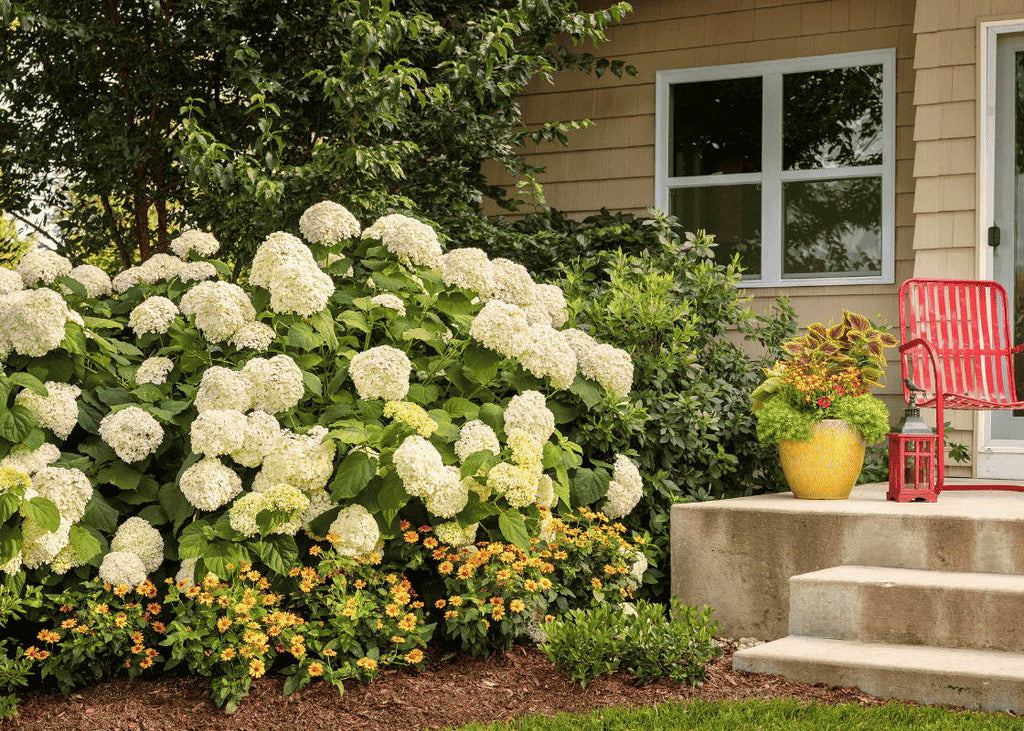
Summer is finally when you see your hydrangeas burst onto the scene with lush foliage and bodacious clusters of flowers in shades of pink, green, white, blue and purple. Hydrangeas are a staple shrub in summer gardens, providing the perfect backdrop to vibrant perennials in garden beds or planted in masses along borders and hedges. While the summer months showcase their gorgeous blooms, providing them with the proper care during some of the hottest days of the year is crucial to ensure they continue to grace your landscape for many more gardening seasons. Here, we'll discuss caring for hydrangeas in the summer and give tips for keeping them happy and blooming for years to come.
5 Tips For Growing & Caring For Hydrangeas In The Summer
Provide The Right Amount of Sunlight
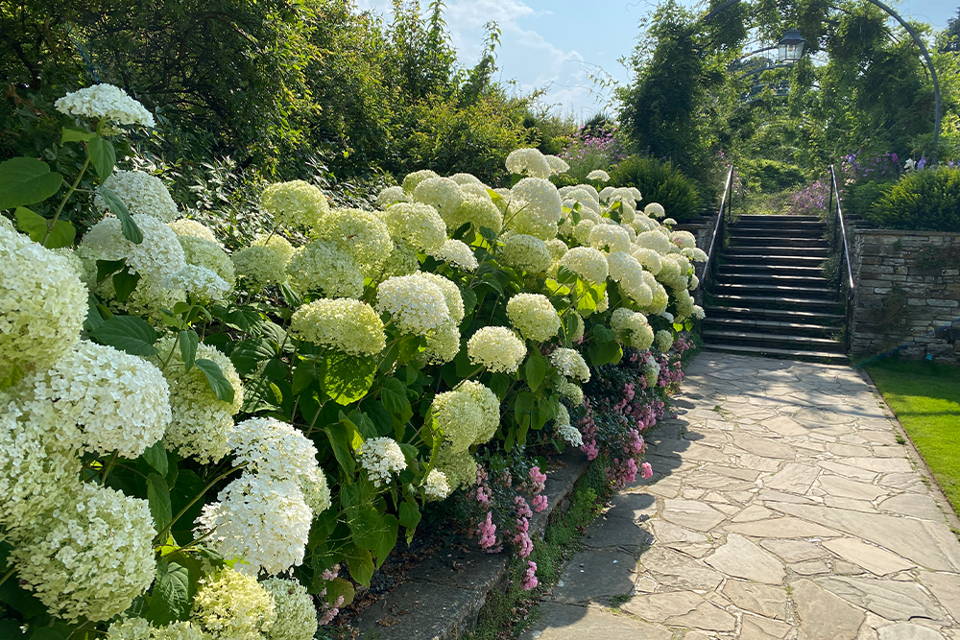
While some hydrangeas can tolerate full sun in the afternoons, more often than not, the sun exposure combined with high afternoon temperatures can cause foliage to scorch and flowers to flop over. This is because hydrangeas cannot take up water as fast as the sun is taking it away during hot, sunny afternoons. If you live in the North, hydrangeas can benefit from full sun in the morning and afternoon shade, as well as consistent moisture during hot summer days. In the South, most hydrangea plants will require afternoon shade to stay healthy.
Don't Allow The Soil To Dry Out
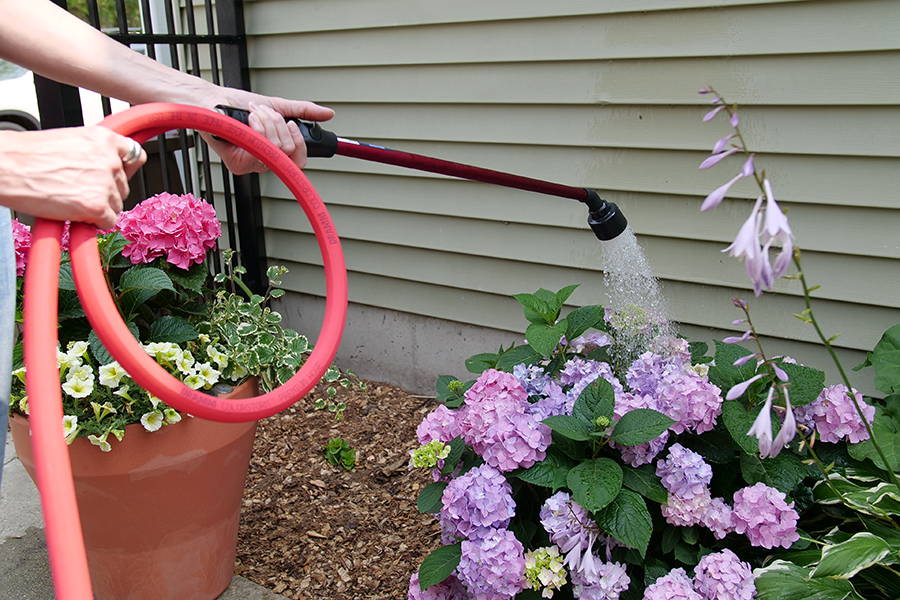
Hydrangeas are water-loving shrubs, and during hot summer days, they are going to be thirsty! Water deeply to keep the soil moist but not wet, as hydrangeas are not very tolerant of standing water. Yellowing foliage typically indicates that your hydrangea shrub is overwatered, and you may need to adjust your watering schedule or irrigation. If the soil feels moist to the touch, skip watering and check back again in a few days. Plant hydrangeas in average to moist, well-drained soils and be sure to water in the mornings for the best success.
Monitor For Pests & Disease
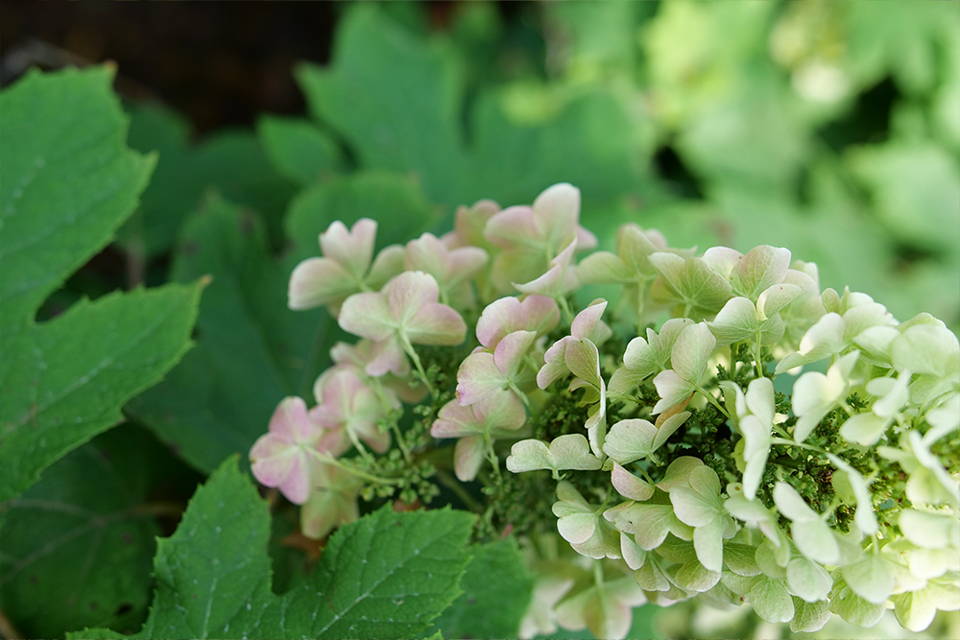
The warmer temperatures and increased humidity that often accompany summer can create an ideal environment for both pests and fungal diseases. Keep an eye out for common hydrangea pests, such as aphids and spider mites, which create small holes in the foliage and yellowing leaves, Similarly, fungal diseases such as powdery mildew and leaf spot are more prevalent during the summer, particularly in humid conditions or when plants experience poor air circulation. Powdery mildew appears as a white, powdery substance on the leaves and stems, while leaf spot diseases can manifest as various colored spots on the foliage. Regularly monitor your hydrangeas, remove any dead or diseased growth, and water them early in the morning to allow time for the foliage to dry before evening.
Fertilize Only When Necessary
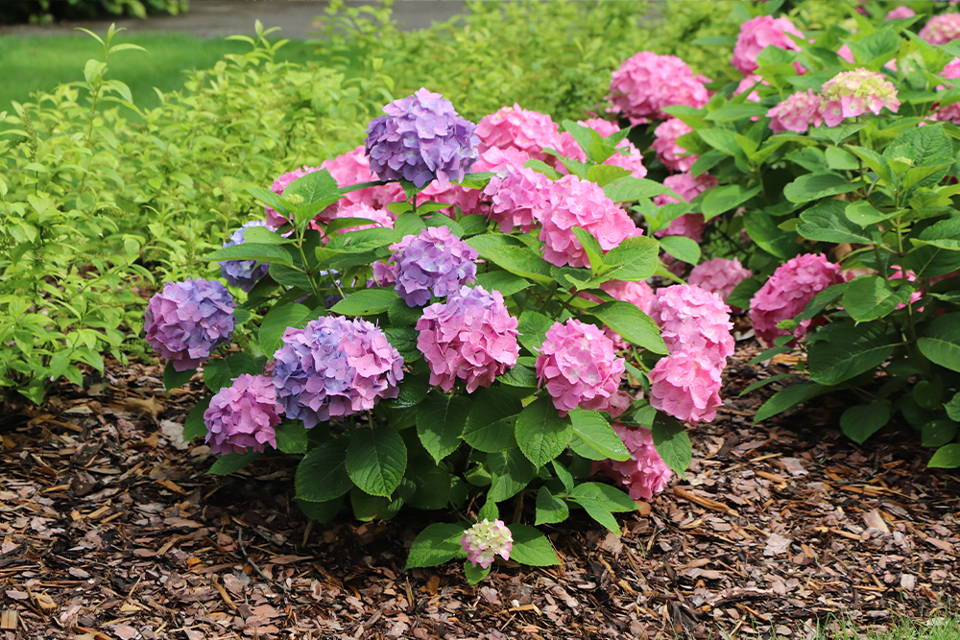
While fertilizing your hydrangeas is not always necessary, your shrubs may sometimes need an extra boost, especially after a particularly harsh winter. Aim to fertilize your hydrangeas once in the spring with a fertilizer designed to encourage beautiful summer blooms, like Espoma Flower-tone organic fertilizer. You can also reapply during midsummer to promote reblooming; however, this is most often unnecessary. Keep in mind applying too much fertilizer to your hydrangeas will encourage them to grow quickly, but with very weak stems. Be sure not to overfertilize your shrubs!
Cut & Enjoy The Flowers
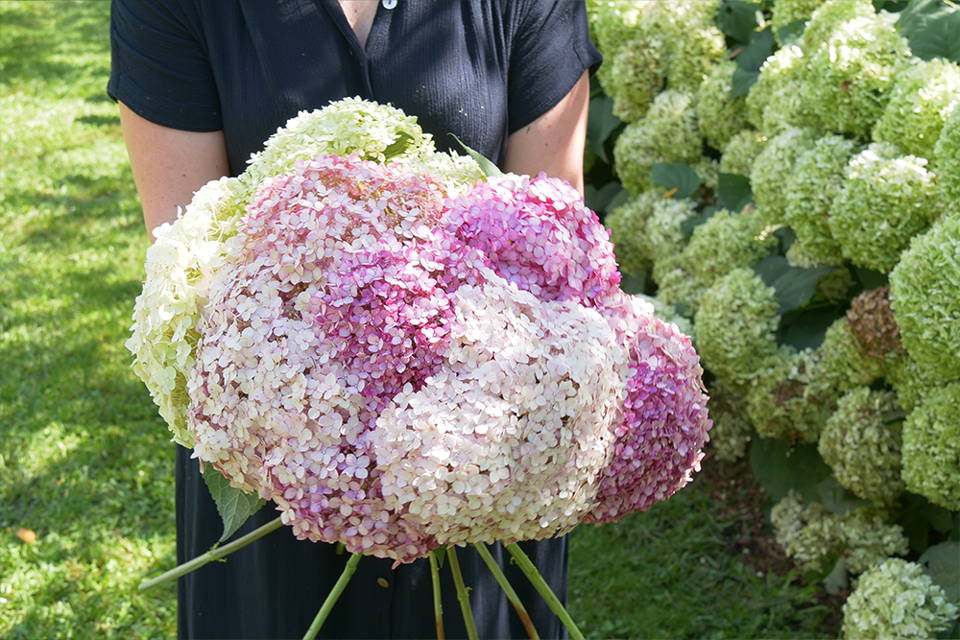
It can't be all work and no play! One of the best parts of enjoying your hydrangeas during the summer is cutting the beautiful blooms to enjoy in cut flower arrangements. Be aware of whether your hydrangea blooms on old or new wood, as well as the timing of when you cut your flowers. Hydrangeas that bloom on new wood (such as panicle hydrangeas and smooth hydrangeas) set their flower buds on new growth during the current year, so you can cut them anytime after flowering and enjoy. Old wood hydrangeas (such as bigleaf hydrangeas and mountain hydrangeas) create their flower buds for the following year immediately after they finish blooming in the current year, so cutting is advised right after they finish blooming. Discover five easy ways to use your dried hydrangeas in our blog HERE.
